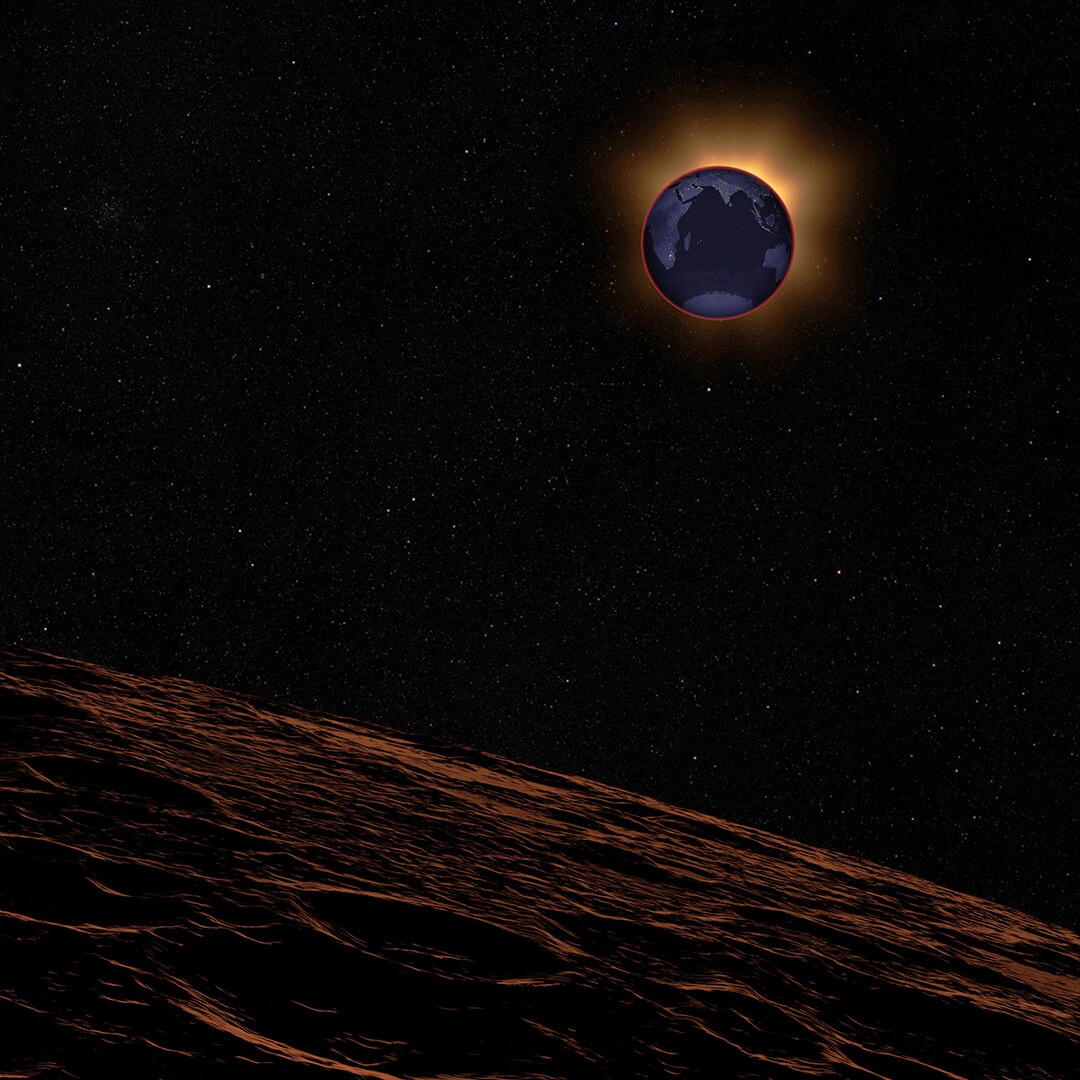MILWAUKEE — An exciting celestial event is coming up in mid-May, a total lunar eclipse! The eclipse will be visible here in Wisconsin, and across most of the eastern United States. However, the visibility of the event will be weather dependent. We will need to have clear skies, or at least partially clear skies, to see the eclipse.
If you're a night owl, this event is for you. If not, plan to have an evening cup of coffee so you can stay up! The lunar eclipse will unfold over a few hours the night of the 15th into the early morning of the 16th.
The night of May 15th, the moon will rise over Milwaukee at 7:54 p.m., and not set until 5:39 a.m. on the morning of the 16th. That means the moon will be up in the sky, visible to us all night.
How does a lunar eclipse happen? The simple answer: the moon will enter the Earth's shadow, causing a darkening and reddening of the moon's appearance.

A brief astronomy lesson: The moon is illuminated by light from the sun. During a lunar eclipse, the Earth comes between the sun and the moon, so perfectly aligned that the sun's light is blocked from reaching the moon. The shadow cast by the Earth is called the umbra. When the moon passes into this shadow, it darkens. Once the moon is fully within the Earth's shadow, the moon turns a coppery-red hue, caused by the small amount of sunlight passing through the Earth's atmosphere, which is scattered and refocused on the moon.
The below animation from NASA shows how the eclipse will unfold, along with the specific timing for the Central Time Zone.
The main show, the peak of the eclipse, will happen at 11:11 p.m. This is when the eclipse will be 'total.' This is the time the moon will turn that eerie and beautiful red-orange hue. But, this event can be enjoyed in the minutes and hours outside of that peak! As the eclipse starts, the moon will begin to darken as it enters the umbra. That darkening will continue until the time of the total eclipse. After totality, the moon will emerge on the other side of the umbra, going from dark to light.
- Notable event times (Central Time):
- Partial Eclipse begins: 9:27 pm
- Total Eclipse begins: 10:29 pm
- Maximum Eclipse: 11:11 pm
- Total Eclipse ends: 11:53 pm
- Partial Eclipse ends: 12:55 am
An additional factor that makes this event special: the eclipse will occur when the moon is near perigee, meaning the moon is at its closest point to Earth. This makes the moon appear slightly larger.
Best viewing: The moon will be positioned fairly low on the horizon. It may be easier to view the eclipse from an elevated location so buildings and trees don't block your view. A lunar eclipse is completely safe to view with your bare eyes or through a telescope. This is not the case with a solar eclipse, where you need special glasses to witness the event.
Fun fact: if you were standing on the moon during a total lunar eclipse, the sun would disappear from view. There would be a corona around the Earth, as shown in the photo below.

If you happen to miss this event, a partial lunar eclipse will be visible from Wisconsin Nov. 7-8, 2022.
Stay with us in the days leading up the eclipse for the latest weather and sky cover forecast.



